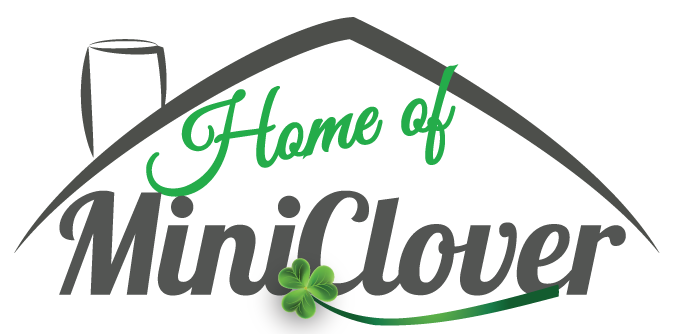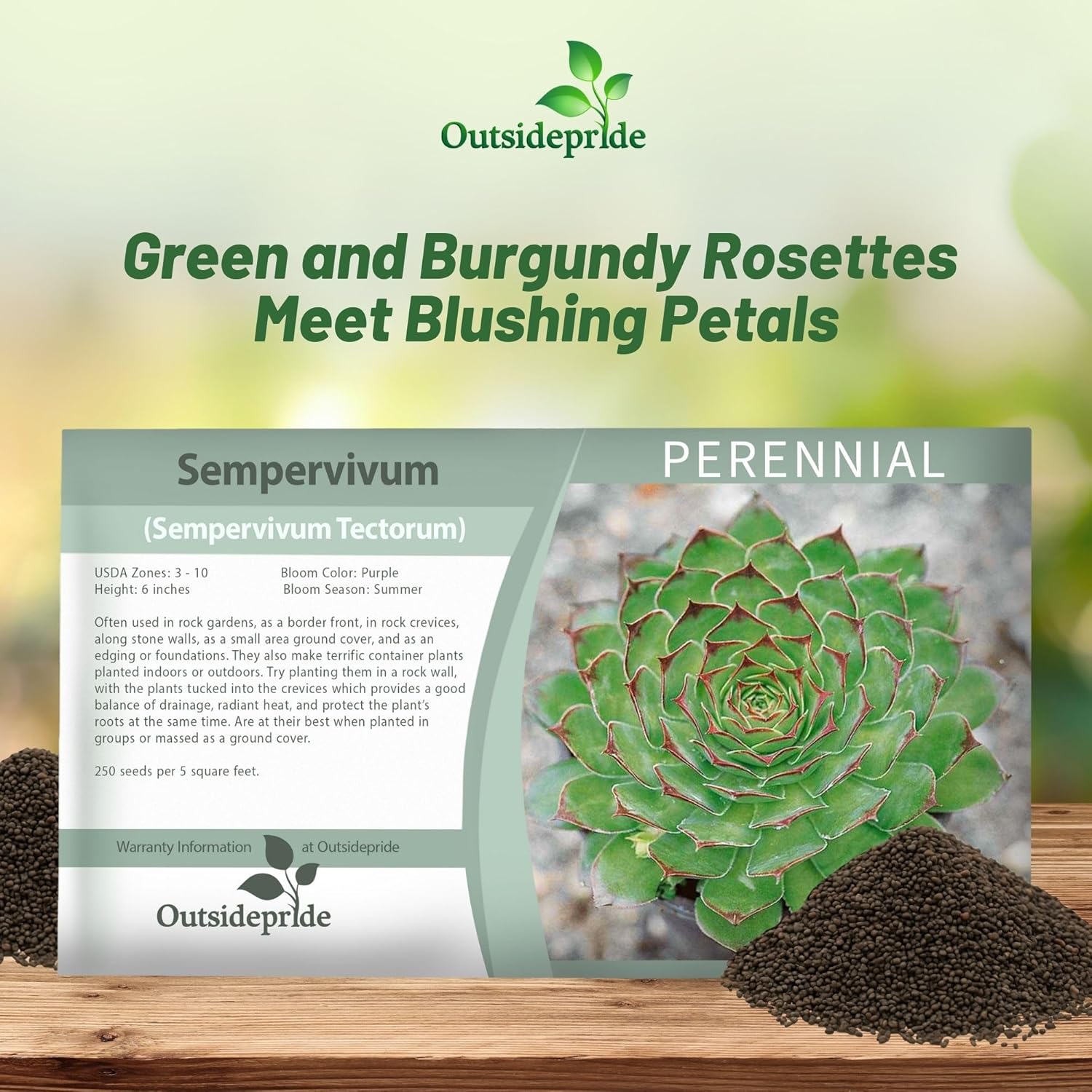

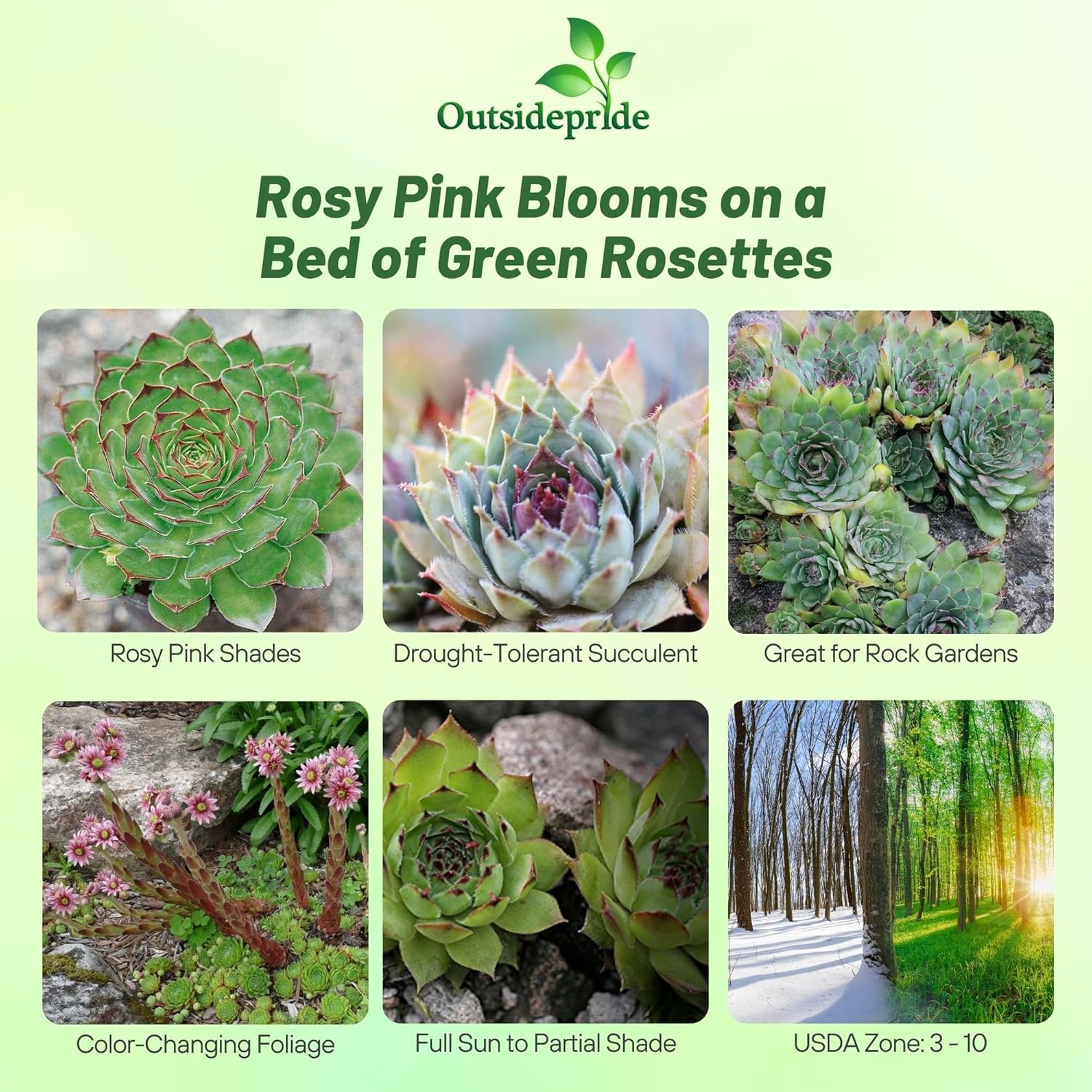
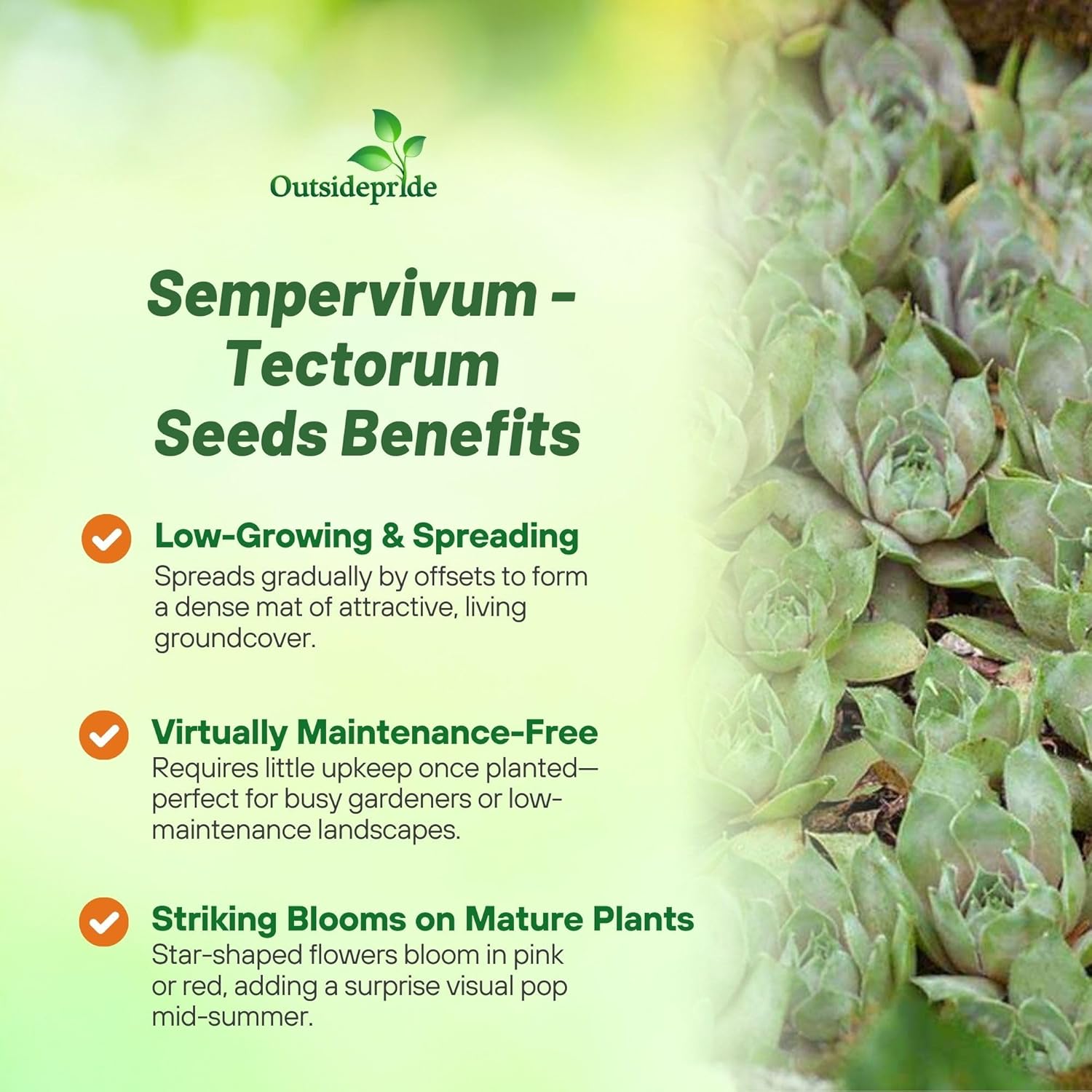
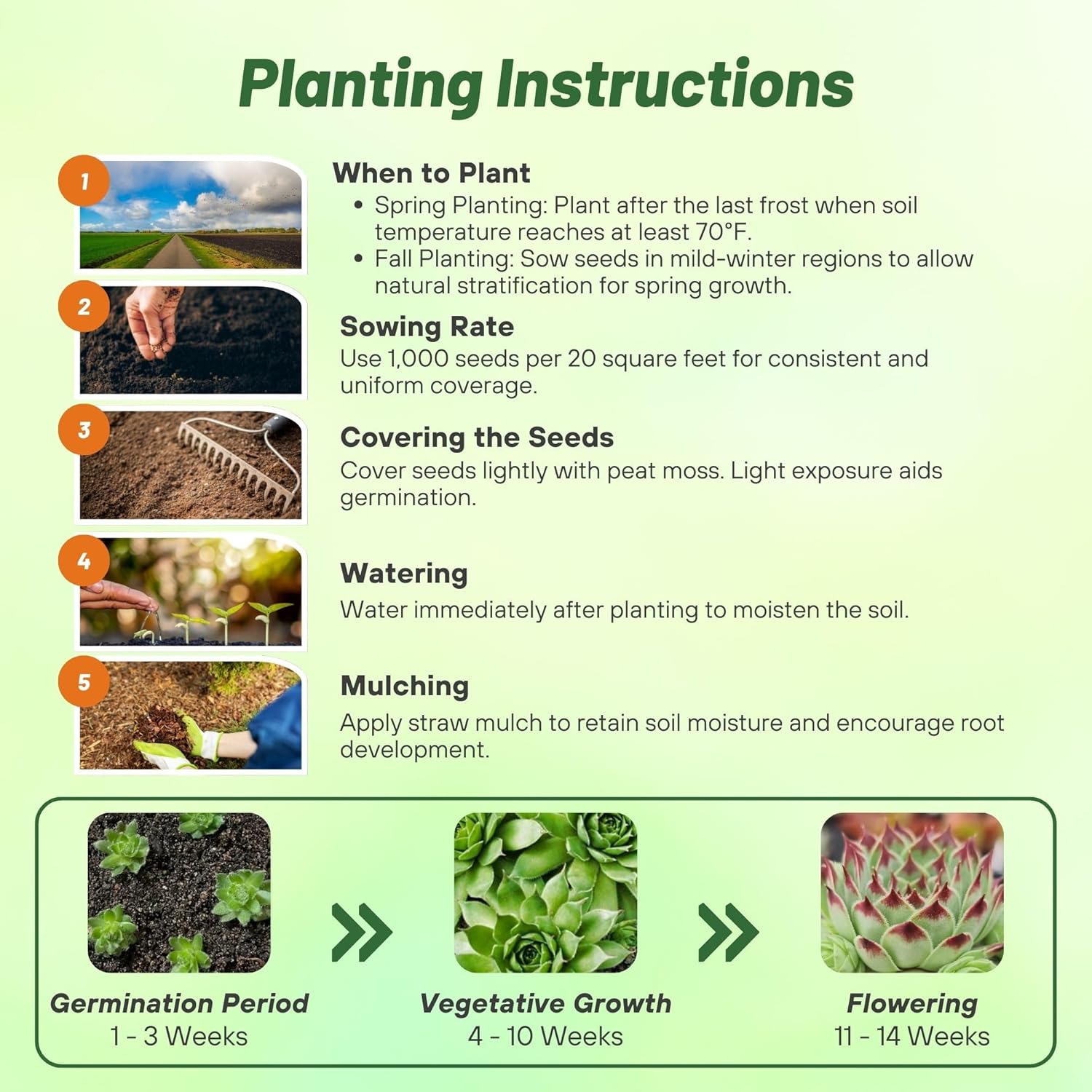
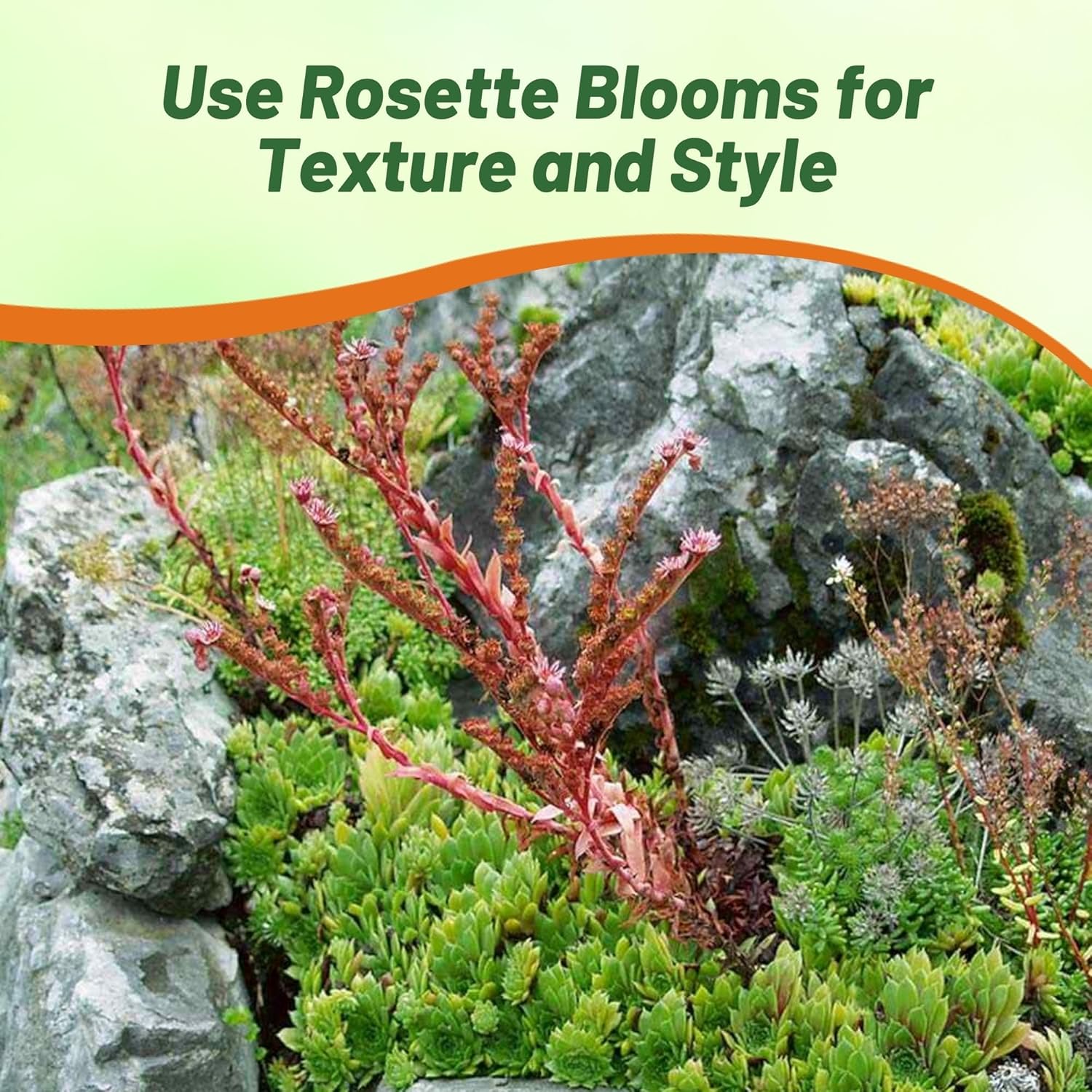
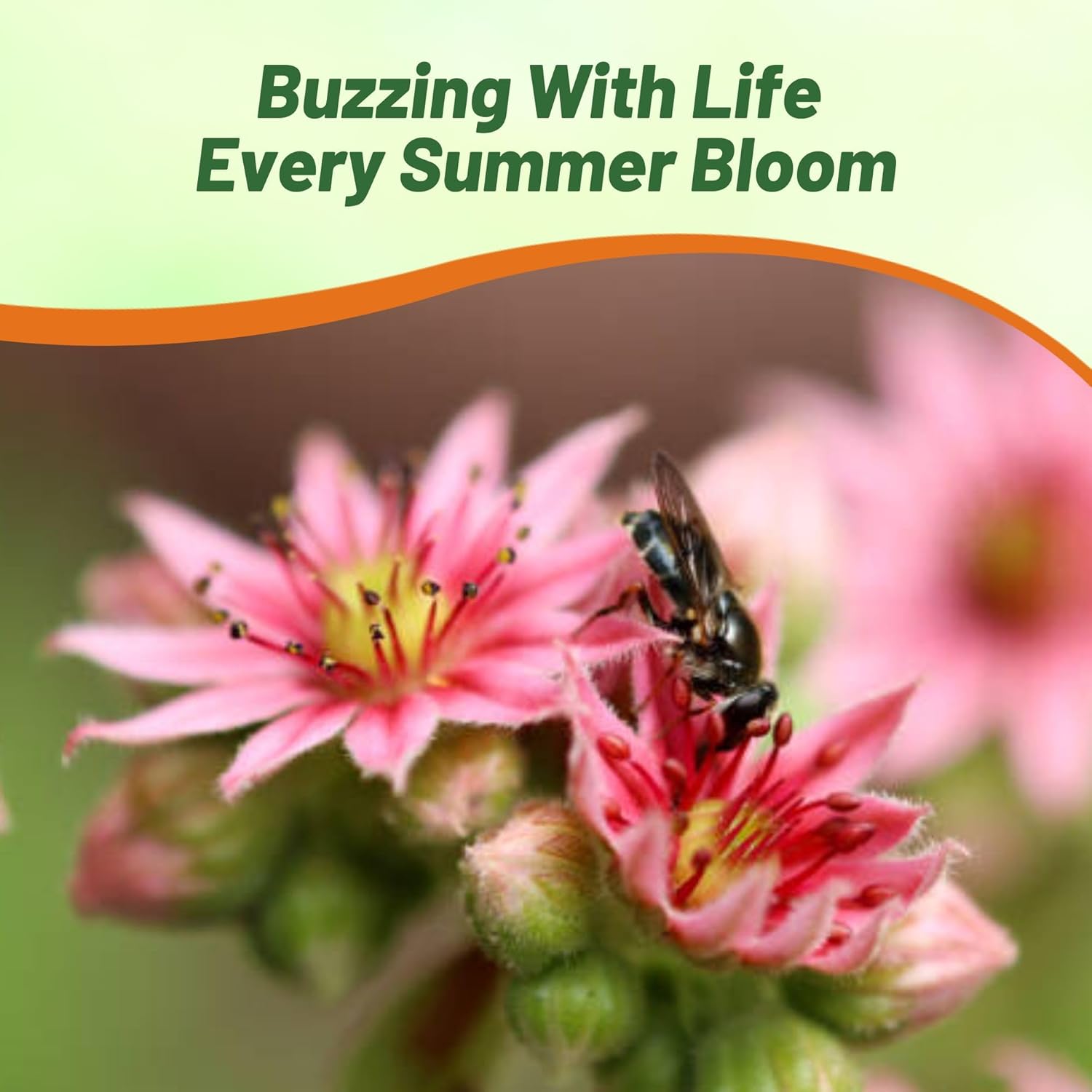

Sempervivum Seeds - Tectorum
SEASON
Perennial
USDA ZONES
3 - 10
HEIGHT
2 - 4 inches
BLOOM SEASON
Summer
BLOOM COLOR
Mix
GROWTH RATE
Slow
ENVIRONMENT
Full sun to partial shade
OFTEN HOUSE PLANT
Yes
SOIL TYPE
Well-drained, pH 5.5 - 7.0
DEER RESISTANT
Yes
About...
Sempervivum (Sempervivum tectorum) - Also called: Common Houseleek, Hens and Chicks, House Leek, or Roof House Leek. Grown it in average, dry to medium moisture, well-drained soils in full sun. While it will tolerate some light shade, it will need some afternoon shade in extremely hot sunny locations.MORE SEMPERVIVUM OPTIONS
Planting Directions
TEMPERATURE
70 - 75F
AVERAGE GERM TIME
7 - 21 days
LIGHT REQUIRED
Yes
DEPTH
Cover seed lightly with peat moss
SOIL TYPE
Well-drained, pH 5.5 - 7.0
SOWING RATE
Approximately 1000 seeds covers 20 square feet
MOISTURE
Keep seeds slightly moist but not wet until germination
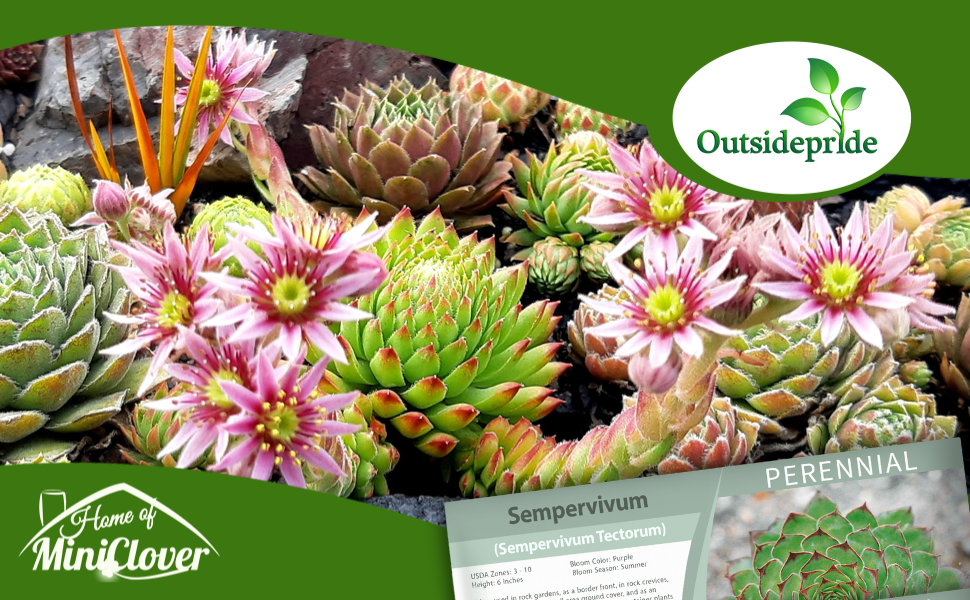
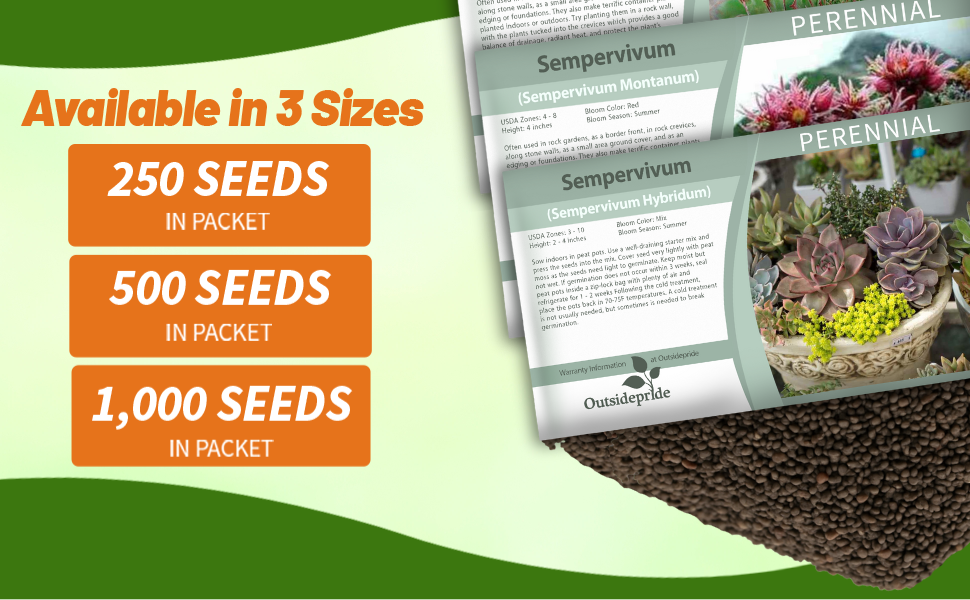
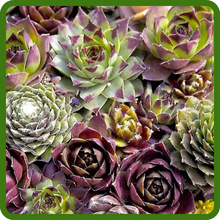
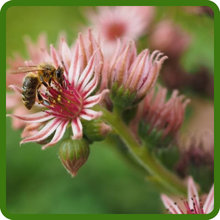
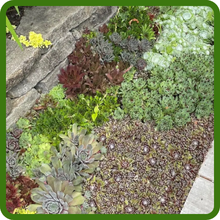
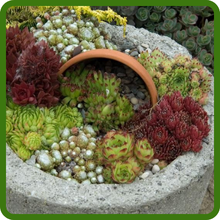
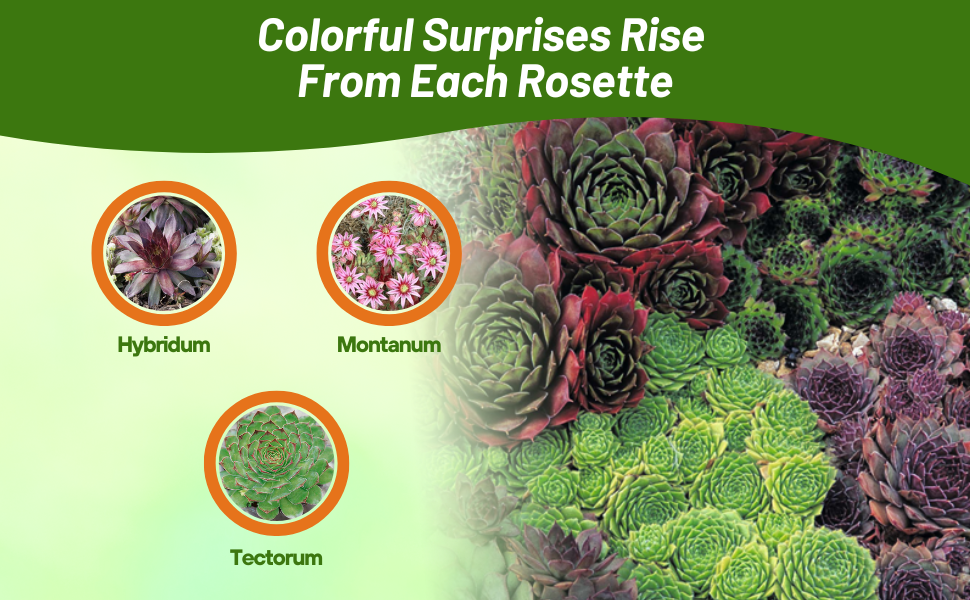
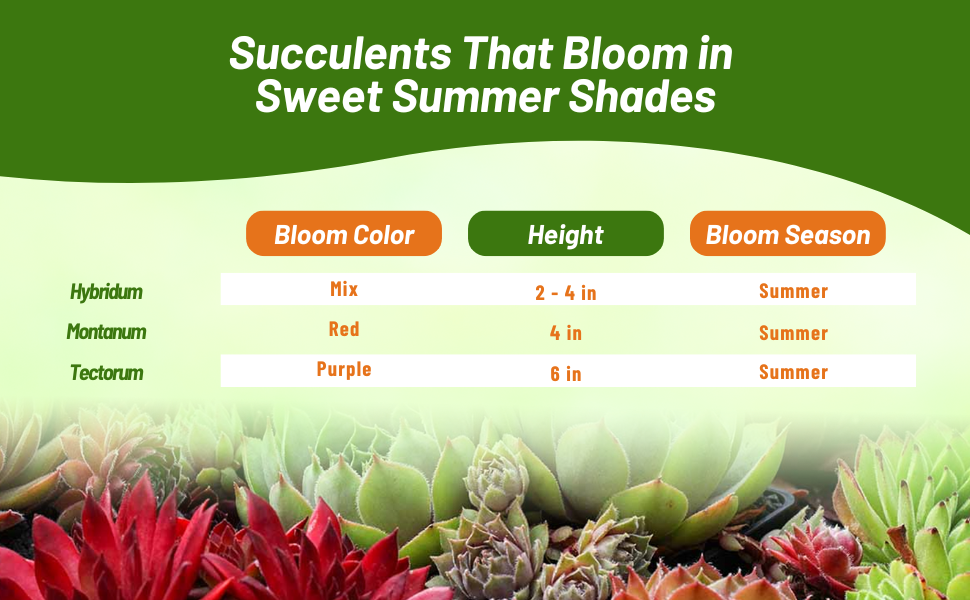
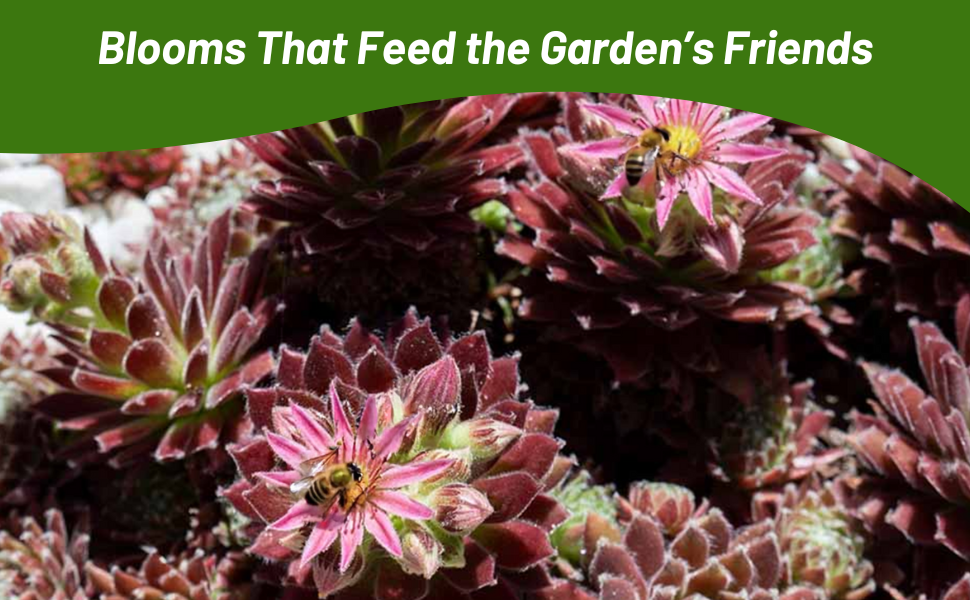
Sempervivum (Sempervivum tectorum) - Also called: Common Houseleek, Hens and Chicks, House Leek, or Roof House Leek. Grown it in average, dry to medium moisture, well-drained soils in full sun. While it will tolerate some light shade, it will need some afternoon shade in extremely hot sunny locations. It thrives in sandy or gravelly soils and will tolerate poor soils and some drought. To perform well it needs sharp soil drainage and avoid overwatering. Plants spread by offsets to form colonies. The original rosette is referred to as the hen, the offsets from that rosette are called the chick. Individual rosettes die after bloom and should be removed from the garden at that time. This plant is moderately salt tolerant.
Sempervivum is often used in rock gardens, as a border front, in rock crevices, along stone walls, as a small area ground cover, and as an edging or foundations. They also make terrific container plants planted indoors or outdoors. Try planting them in a rock wall, with the plants tucked into the crevices which provides a good balance of drainage, radiant heat, and protect the plant's roots at the same time. Hens and chicks are at their best when planted in groups or massed as a ground cover.
Common Questions
How are plants commonly used in the landscape?
Sempervivum are commonly used in cracks of stone walls, front of beds and borders, as a small area ground cover, in rock gardens, succulent gardens. They are ideal for edging plants and for decorative troughs and containers.
Will deer eat my plants?
No, deer and rabbits avoid these plants.
Are pollinators attracted to sempervivum plants?
Yes, bees and butterflies are attracted to the sempervivum plants.
Are plants low maintenance?
Yes, sempervivum needs little maintenance after established. They can survive with near total neglect.
Planting Directions
TEMPERATURE
70 - 75F
AVERAGE GERM TIME
7 - 21 days
LIGHT REQUIRED
Yes
DEPTH
Cover seed lightly with peat moss
SOWING RATE
Approximately 1000 seeds covers 20 square feet
MOISTURE
Keep seeds slightly moist but not wet until germination
PLANT SPACING
24 inches
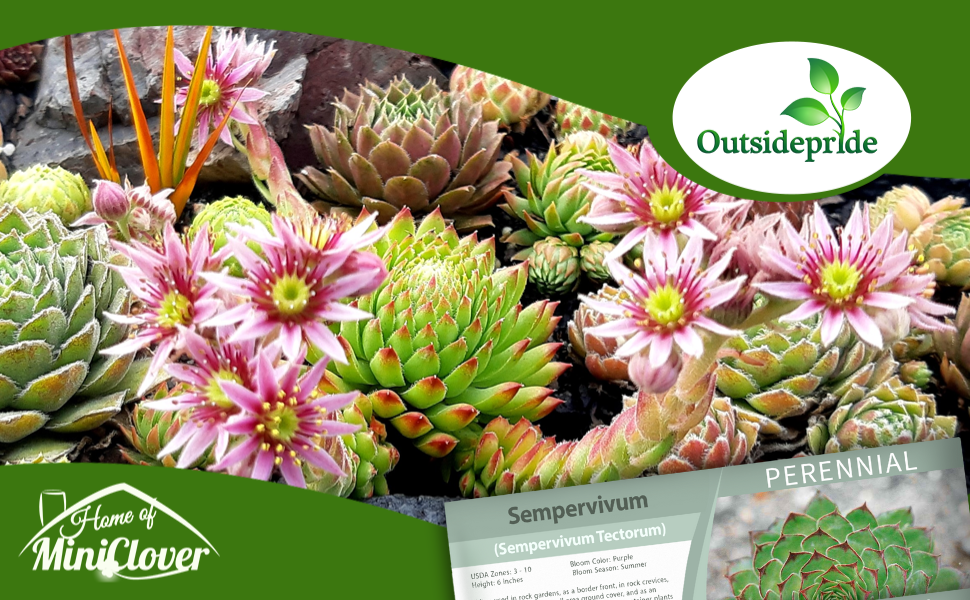
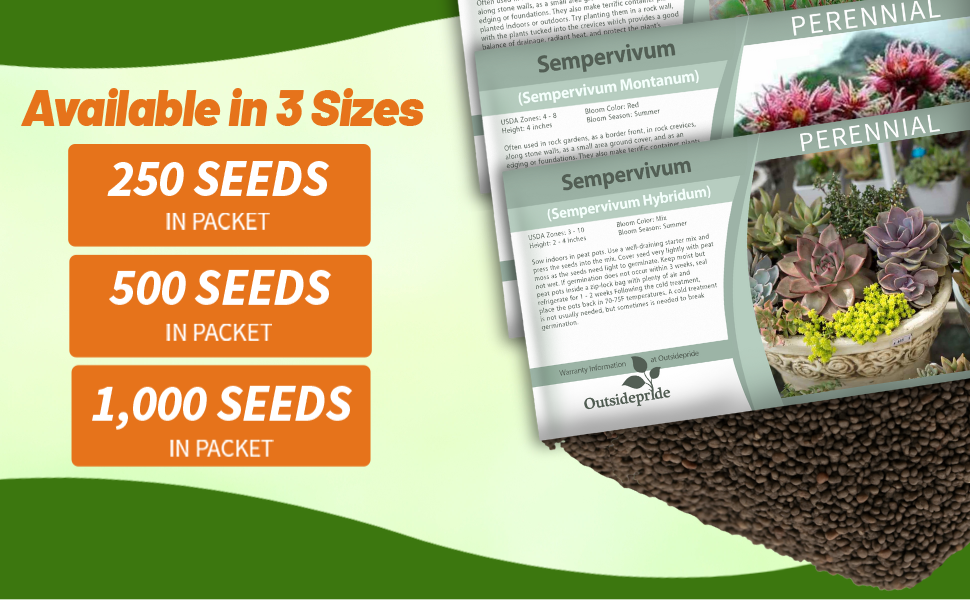
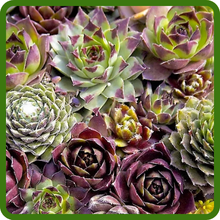
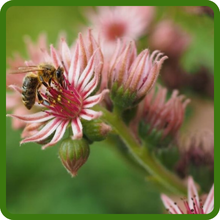
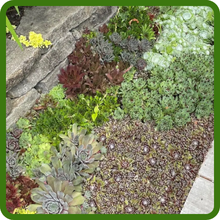
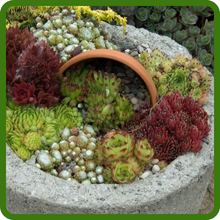
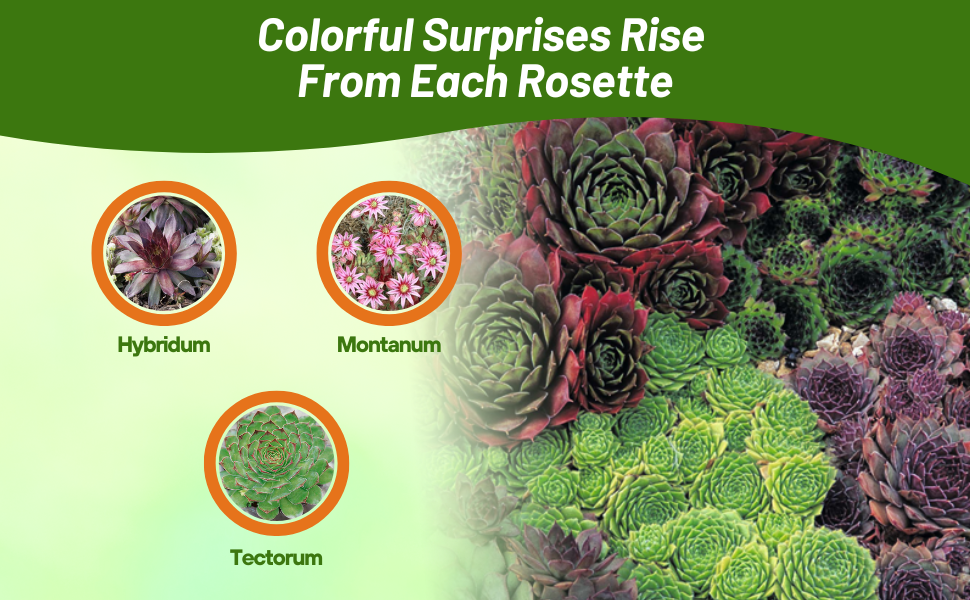
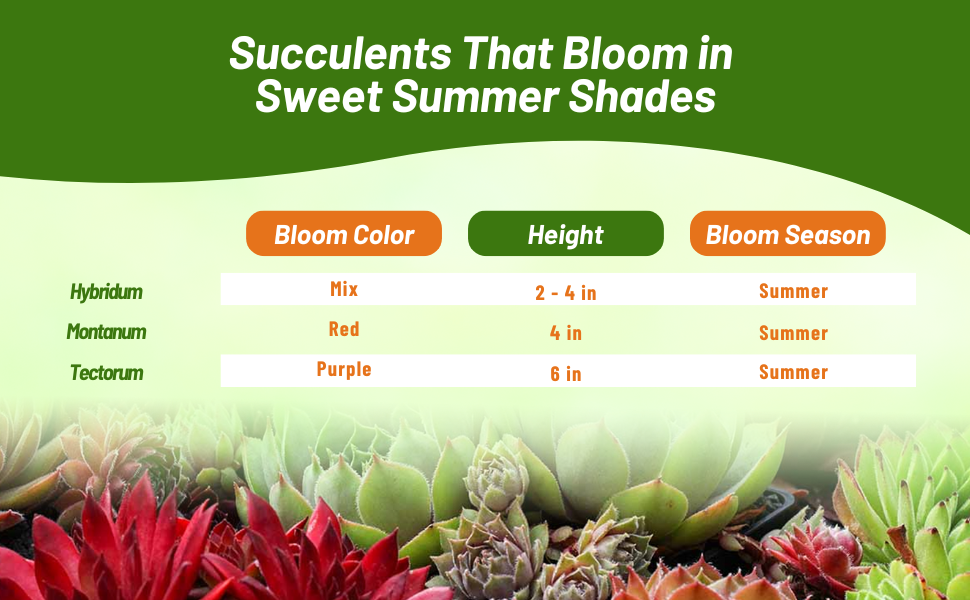
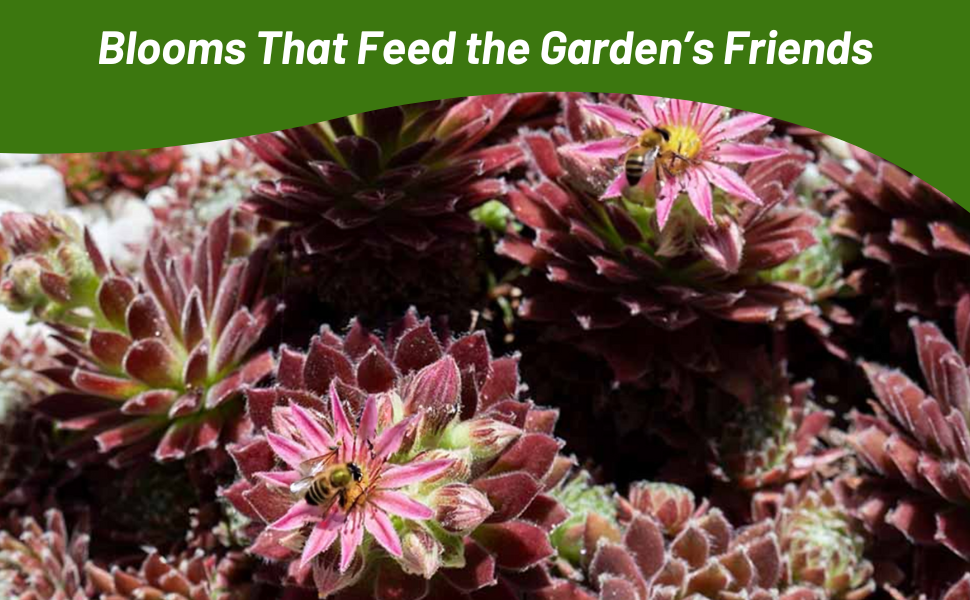
Grow Sempervivum succulent plants in full sun to partial shade and in well-drained soil. In the South, Sempervivum Hens and Chicks can profit from partial shade. The rosettes die after flowering but are replaced by new rosettes on lateral runners. Sempervivum is an old-time favorite used in concrete planters on either side of the front entry or as a great ground cover plant. Great in window boxes or niches. It needs little water or attention to thrive making it perfect for xeriscape rock gardens where water conservation is a priority.
Common Questions
How are plants commonly used in the landscape?
Sempervivum are commonly used in cracks of stone walls, front of beds and borders, as a small area ground cover, in rock gardens, succulent gardens. They are ideal for edging plants and for decorative troughs and containers.
Will deer eat my plants?
No, deer and rabbits avoid these plants.
Are pollinators attracted to sempervivum plants?
Yes, bees and butterflies are attracted to the sempervivum plants.
Are plants low maintenance?
Yes, sempervivum needs little maintenance after established. They can survive with near total neglect.
Planting Directions
TEMPERATURE
70 - 75F
AVERAGE GERM TIME
7 - 21 days
LIGHT REQUIRED
Yes
DEPTH
Cover seed lightly with peat moss
SOWING RATE
Approximately 1000 seeds covers 20 square feet
MOISTURE
Keep seeds slightly moist but not wet until germination
PLANT SPACING
24 inches
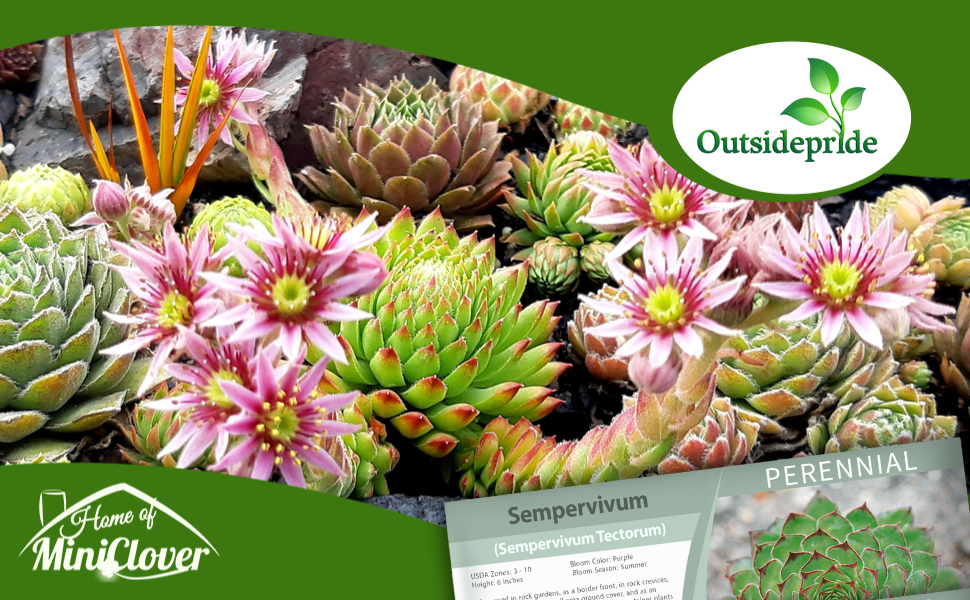
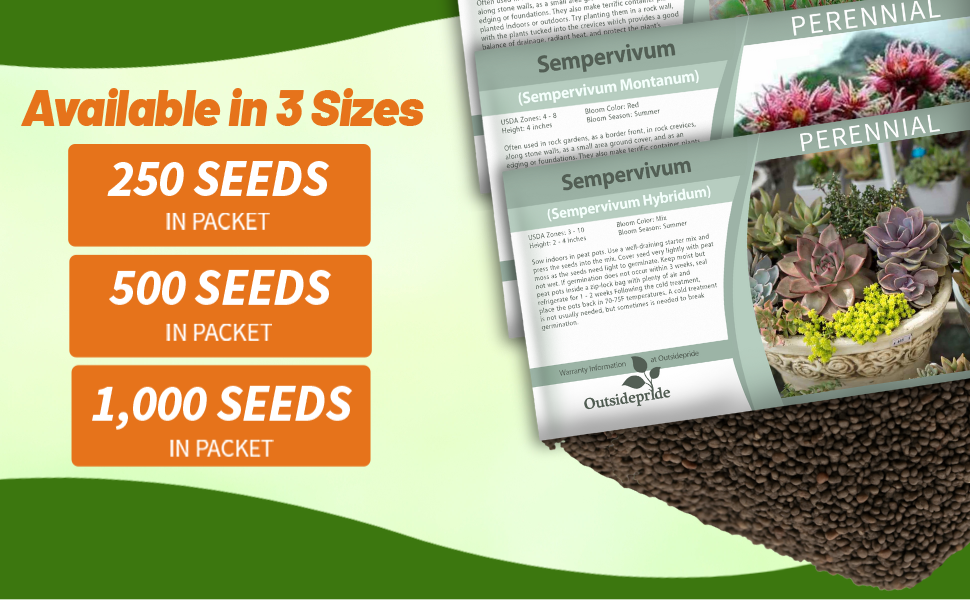
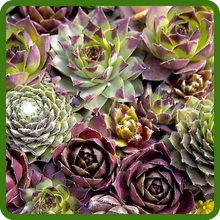
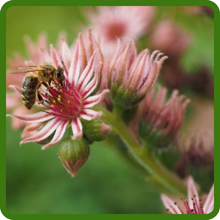
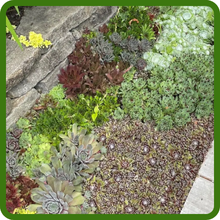
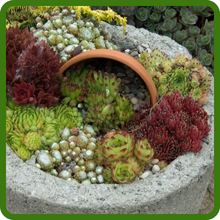
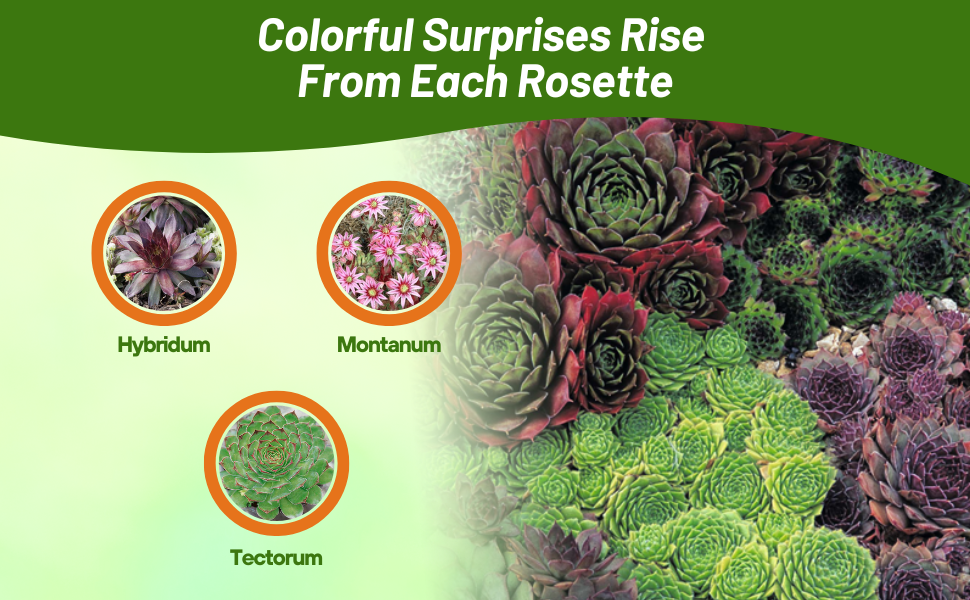
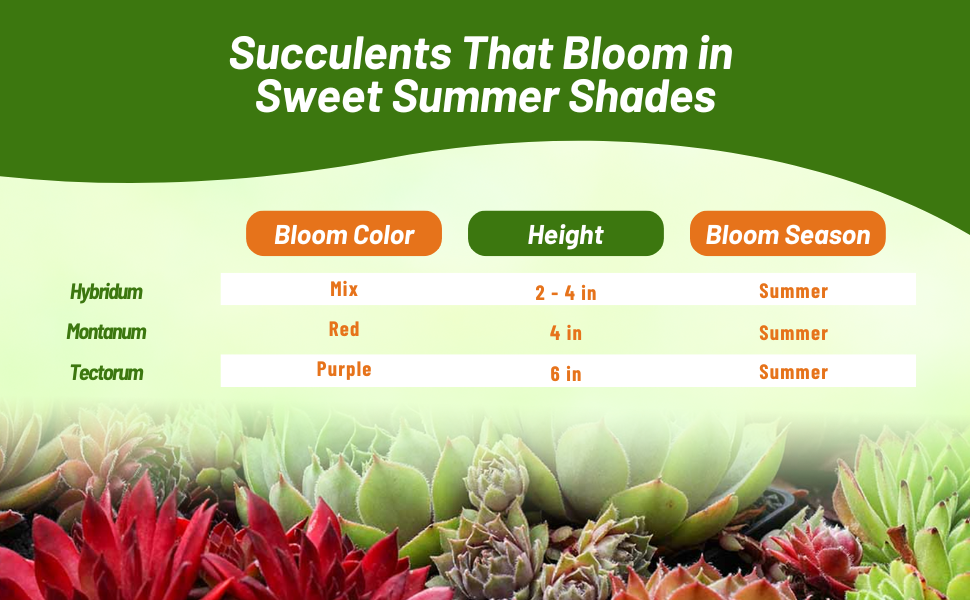
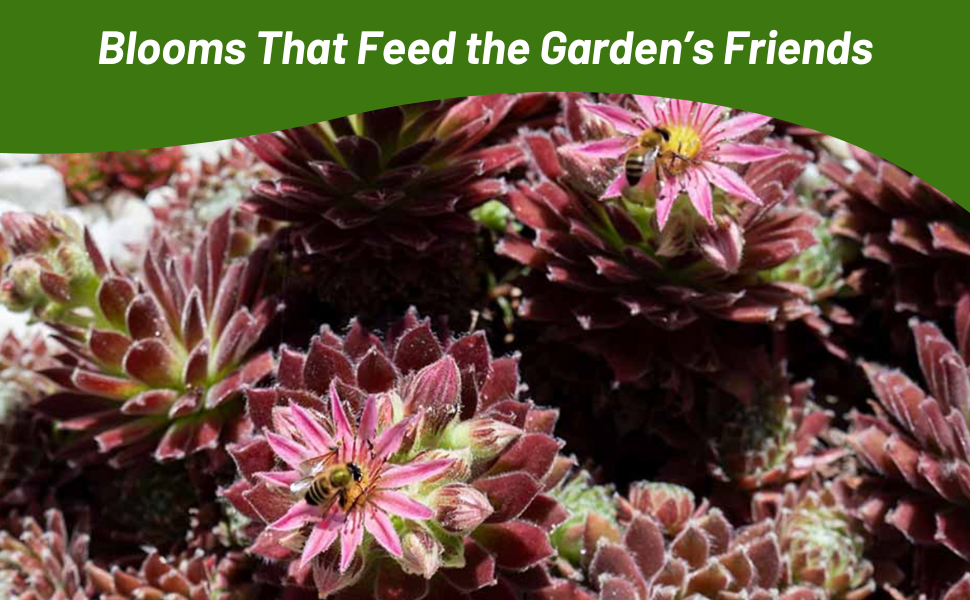
Sempervivum (Sempervivum Montanum) - Commonly known as Mountain Hens and Chicks, this ground cover plant can be grown from Sempervivum seeds. Hens and Chicks is a hardy perennial with many small, succulent tight rosettes 2 - 3 inches in diameter all crowded together forming a clump. The rosettes produce many offsets, and the clump can grow over time. Hens and Chicks flowers are in clusters and are reddish-purple and star-shaped. The flowers rise up on short stalks in early summer. Grow Sempervivum succulent plants in sun or light shade and in a sandy well-drained soil. Avoid watering the Mountain Sempervivum excessively, always leaving the soil dry for a few days between waterings. Mountain Hens and Chicks work well in rock gardens, containers, and as a general ground cover plant. They are hardy below 0F and listed to USDA zone 4. Sempervivum Montanum plants are evergreen requiring very little maintenance to thrive.
Sow Hens and Chicks seeds indoors in peat pots. Use a well-draining starter mix and press the Sempervivum seeds into the mix. Cover the seed very lightly with peat moss as the Hens and Chicks ground cover seeds need light to germinate. Keep seeds moist but not wet.
Common Questions
How are plants commonly used in the landscape?
Sempervivum are commonly used in cracks of stone walls, front of beds and borders, as a small area ground cover, in rock gardens, succulent gardens. They are ideal for edging plants and for decorative troughs and containers.
Will deer eat my plants?
No, deer and rabbits avoid these plants.
Are pollinators attracted to sempervivum plants?
Yes, bees and butterflies are attracted to the sempervivum plants.
Are plants low maintenance?
Yes, sempervivum needs little maintenance after established. They can survive with near total neglect.




















